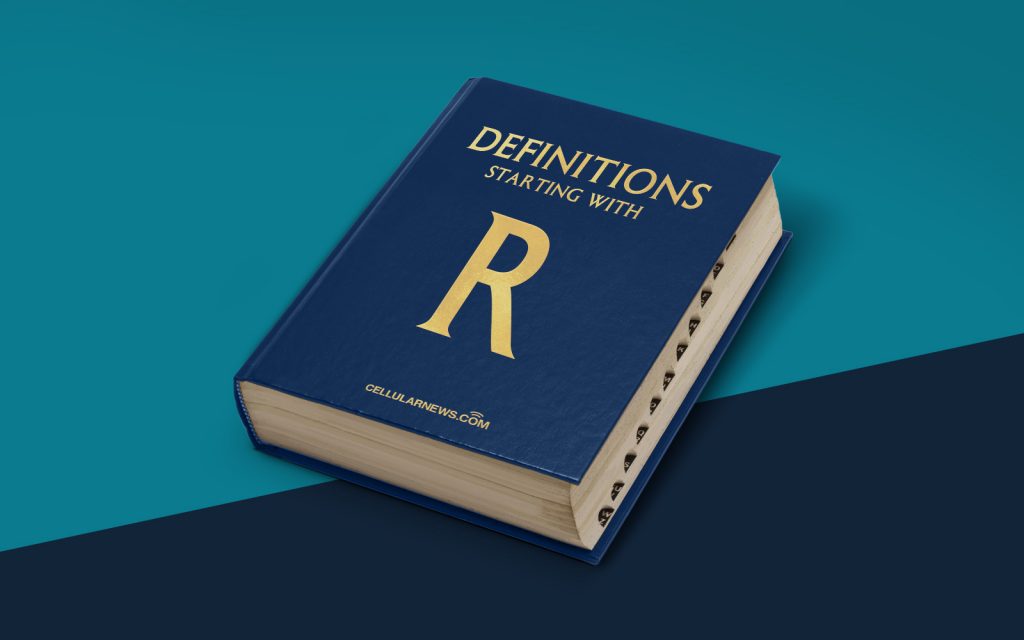
What is a Relational Database (RDB)?
Welcome to the “DEFINITIONS” category on our page, where we explore and demystify various concepts and terms. In today’s post, we delve into the world of Relational Databases (RDB) – a fundamental building block of modern information systems. Ever wondered how data is organized, stored, and retrieved efficiently? Look no further, as we unravel the secrets of this fascinating technology.
Understanding Relational Databases
A relational database is a type of database management system (DBMS) that organizes data into a collection of tables, each comprising columns and rows. These tables represent entities, such as customers, products, or orders, and the relationships between them. RDBMSs are widely used in various industries, including finance, supply chain management, healthcare, and more.
Key Takeaways:
- Relational databases organize data into tables, representing entities and their relationships.
- RDBMSs enable efficient data management, storage, retrieval, and querying.
Now, let’s take a closer look at the inner workings of a relational database. Imagine a table named “Employees” that stores employee records. Each row in the table represents a unique employee, while columns represent specific attributes such as name, age, job title, and salary. The relationship between multiple tables can be established by using common columns, known as keys. These keys help in linking related data across different tables.
One of the key advantages of RDBMSs is their ability to enforce data integrity through the use of primary keys, foreign keys, and various constraints. Primary keys uniquely identify each row in a table, while foreign keys establish relationships between tables by referencing primary keys in other tables. This structure ensures the accuracy and consistency of data stored within the database.
Furthermore, relational databases allow for efficient data retrieval through the use of structured query language (SQL). By utilizing SQL commands, users can perform complex operations, such as filtering, sorting, joining, and aggregating data, making it easier to extract meaningful insights from large datasets. Indexing techniques are also used to optimize query performance by quickly locating the required information.
In summary, a relational database is a powerful tool for organizing and managing structured data. Its table-based structure, relationships between entities, and SQL-enabled querying capabilities make it an essential technology for businesses and organizations around the world.
Key Takeaways:
- Relational databases organize data into tables, representing entities and their relationships.
- RDBMSs enable efficient data management, storage, retrieval, and querying.
We hope this brief exploration has shed some light on what a relational database is and how it functions. If you still have questions or would like to dive deeper into this topic, feel free to explore our other related articles or reach out to our expert team. Stay tuned for more informative posts in our “DEFINITIONS” category!
